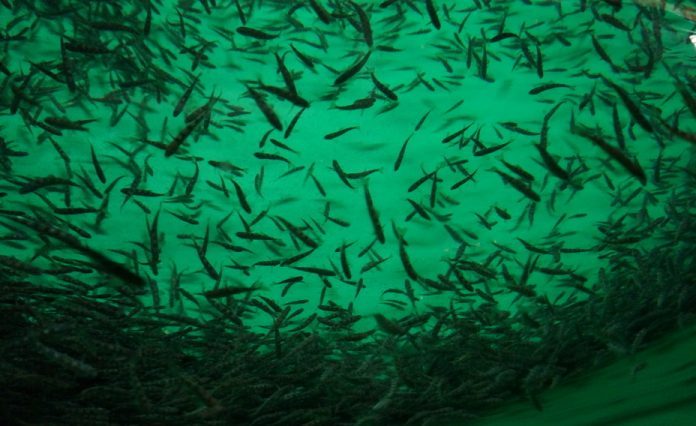Why apply for a Norwegian license?
“A rising tide lifts all boats,” said President John F. Kennedy.
This has also been the case in the aquaculture industry. For now spring is in flow. Salmon prices have averaged around EUR 6 over the past three years, and projects – that were under normal circumstances would not have been considered – are being so.
Not nearby
For one to see the average price for salmon in the last 20 years, it is at just under EUR 3.5 per kilo. Today, production costs are closer to 4 than EUR 3 in open sea cages. That’s historically high, most certainly, but new forms of production have so far not been close to matching such low production costs.
Andfjord Salmon recently raised EUR 15.3 million for land-based salmon farm based on flow-through technology, after it had a pre-money valuation of EUR 30.6 million. A valuation that essentially consists of a beach plot and an untested idea. Not bad.

Norwegian authorities started the idea of building on the introduction of the development licenses. This provided a desire for innovation and creativity unparalleled in modern aquaculture history.
Steel structures
Following this process, the Norwegian Directorate of Fisheries has awarded licenses for heavy and expensive steel structures at sea. But these are not without risk. SalMar harvested its first generation of fish from its giant yellow-painted “Ocean Farm 1” in January, the next month the salmon farmer stated that infectious salmon anemia (ILA) was detected there. If the company had been diagnosed with ILA on live fish, at an early stage, it would have resulted in the fallowing of the rig and sky-high losses for SalMar. This is something Nordlaks, NRS and others with offshore plans would have definitely noticed.
The offshore initiative is, of course, the first step before a major flagging out of both Norwegian know-how and capital. But that’s another discussion.
That being said; Not all projects happen.
Many applications for development licenses, yes, a solid majority of them, have been rejected. Some have taken rejection heavier than others.
Victim
Nekst, which announced ambitious plans with its smolt plant combined with semi-submersible sea cages, only got two of its 16 applied-for licenses. And they were not happy with that. Nekst boss Kjell Audun Aasen complained of “serious discrimination” and said that “the directorate uses something one calls ‘an overall assessment’, which means its apparently free to be gung-ho.”
Their slightly amateurish press release comes across as self-pitying and hardly strengthens the company’s position, neither in the Directorate of Fisheries nor in the public eye. Then it is better to do as others have done before them – get out of the country and invest money and expertise there.
The Norwegian authorities have also given incentives to invest abroad.
Everywhere
By actually stopping ordinary growth on existing licenses in the world’s largest salmon nation, high salmon prices are cemented. And with that, the interest in investing in other countries is succeeding.
We read daily about new land-based fish farms. One of the most eagerly awaited is the well-financed Pure Salmon who will set up a number of plants spread over three continents with a total production capacity of 260,000 tonnes of salmon annually. Of this, 100,000 tonnes will be produced in China.
The fact that land-based RAS plants can be set up virtually anywhere was recently illustrated by Viking Labels in Dubai. They are constructing a new 5,000-tonne salmon farm in the middle of the desert in Dubai.
End in tears
Apparently, clean and properly temperate fjords are no longer needed to produce farmed salmon. The facilities can be built anywhere. The most practical is then to place them where the fish is consumed and where the sales price is highest.
So it remains to be seen how many of these concepts will be in operation the day the salmon price again falls and stabilises at EUR 3.5. However, one thing is sure: Many of these new fish farming projects will end in tears.

